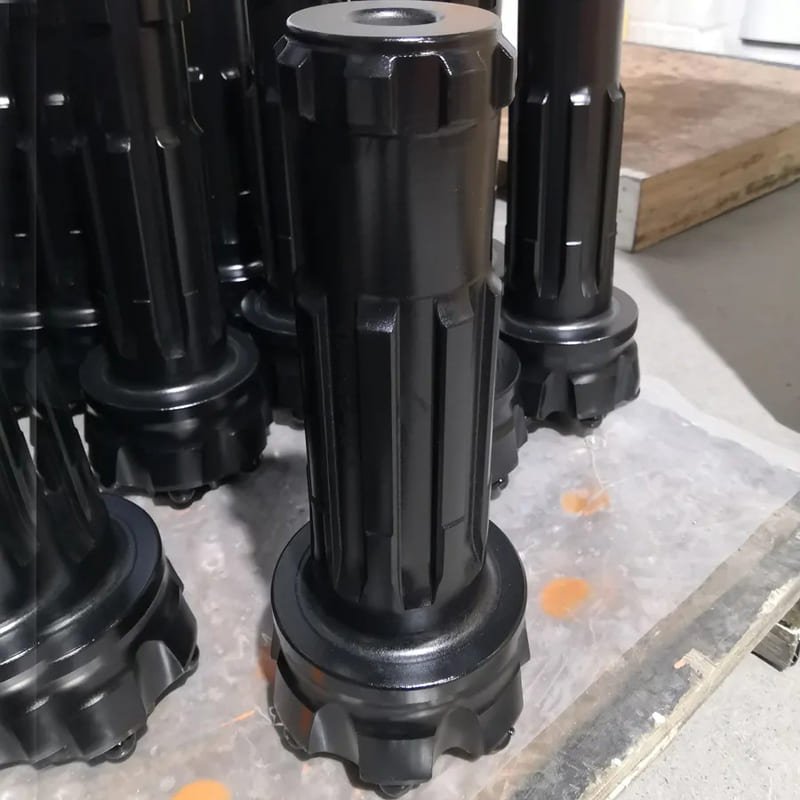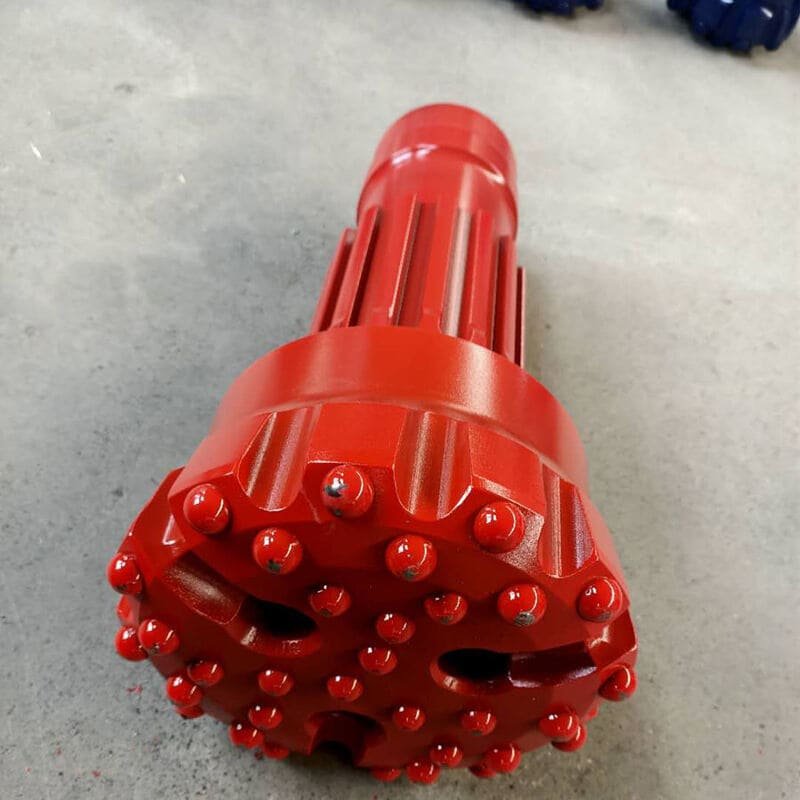Ever wondered why your DTH drill bits chip despite careful usage?
Chipping on DTH drill bits often stems from high impact forces, hard or abrasive rock conditions, unsuitable bit design, improper drilling parameters, and wear and tear. To mitigate these issues, select the right bit design, optimize drilling parameters, and conduct regular inspections.
Years back, I remember staring at a chipped drill bit and wondering what went wrong. It was a frustrating moment because each chip seemed like a small failure in our operations. That's when I learned the significance of understanding each factor leading to chipping.
High-impact forces can wreak havoc if the bit isn’t designed to handle them. Add to that the challenge of drilling through tough rocks like granite, and you have a recipe for chipping. I realized that by choosing the right bit design and tweaking our drilling parameters, we could significantly reduce these incidents. Regular inspections became our mantra, saving us countless hours and resources. This journey taught me the importance of proactive maintenance to keep things running smoothly.
High impact forces cause DTH drill bit chipping.True
High impact forces can lead to the fracturing of drill bit surfaces.
Regular inspections increase DTH drill bit chipping.False
Regular inspections help identify wear, reducing the chance of chipping.
How Do Impact Forces Contribute to Chipping?
Have you ever wondered why your golf ball chips instead of flying smoothly or why your favorite glass keeps breaking?
Impact forces lead to chipping by applying stress that surpasses a material's ability to absorb energy, causing fractures or breakages, such as in glass or drill bit buttons.
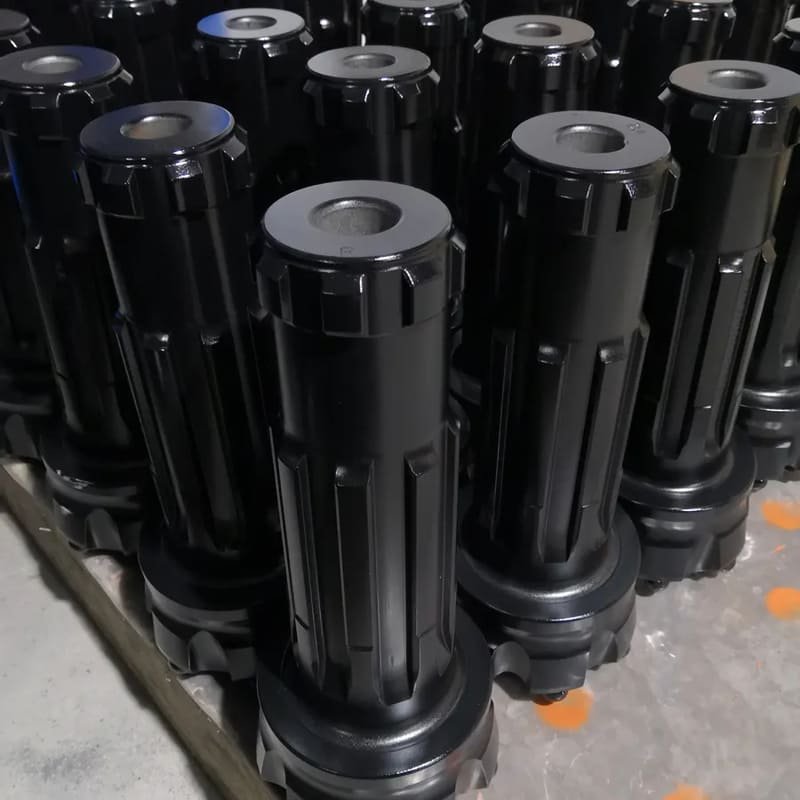
The Role of Impact Energy
Think about the last time you accidentally dropped your phone. That moment when it hit the ground, your heart probably skipped a beat, right? That's impact energy at work. When kinetic energy transfers from one object to another, like a phone falling to the floor, it can exceed the material's energy absorption capacity, leading to chipping. In DTH drilling systems1, if the impact energy is too high, it can cause the carbide buttons to chip, just like how a hard fall might crack your phone screen.
Misaligned Impacts
Have you ever tried to hit a golf ball only for it to veer off unexpectedly? I remember one embarrassing afternoon on the golf course where every swing seemed perfectly aligned, but my ball ended up anywhere but where I intended. This misalignment can create stress points that lead to chipping, much like how a misaligned club face can cause your golf ball to spin erratically.
| Scenario | Resulting Effect |
|---|---|
| High Impact Energy | Excessive stress, causing chips |
| Misaligned Impact | Uneven stress, leading to chips |
Material Characteristics
Reflecting on my experiences with fragile materials like glass makes me realize how they seem to chip at the slightest provocation. Materials that are hard and brittle can't absorb energy through deformation, which means they fracture upon impact. It's like having a beautiful but delicate vase that shatters easily when knocked.
Operational Parameters
In drilling operations, I've learned that tweaking settings like rotation speed or pressure can significantly impact outcomes. Imagine trying to whisk eggs with a blender set too high; things get messy fast! Similarly, improper settings in drilling can exacerbate chipping risks. Following manufacturer guidelines helps keep everything running smoothly.
Design and Quality
I’ve always believed in investing in quality tools, whether it's for home improvement or professional use. The design of equipment influences its durability and resistance to chipping. For instance, using bits with aggressive geometries in hard rock conditions might not be the best choice. Ensuring high manufacturing standards prevents defects that could lead to chipping.
If you're curious about how design can help minimize chipping risks in high-impact applications, you might find this resource on material designs2 insightful.
Excessive impact energy causes carbide button chipping.True
High impact energy exceeds material capacity, causing chips.
Misaligned impacts prevent chipping in brittle materials.False
Misaligned impacts create stress points, leading to chipping.
How Do Rock Characteristics Affect Drill Bit Wear?
Ever found yourself knee-deep in a drilling project wondering why your bits wear out so fast?
Rock characteristics like hardness, abrasiveness, and brittleness are key players in drill bit wear, impacting the stress on the bit. Choosing the right bit based on these traits can boost your drilling efficiency.
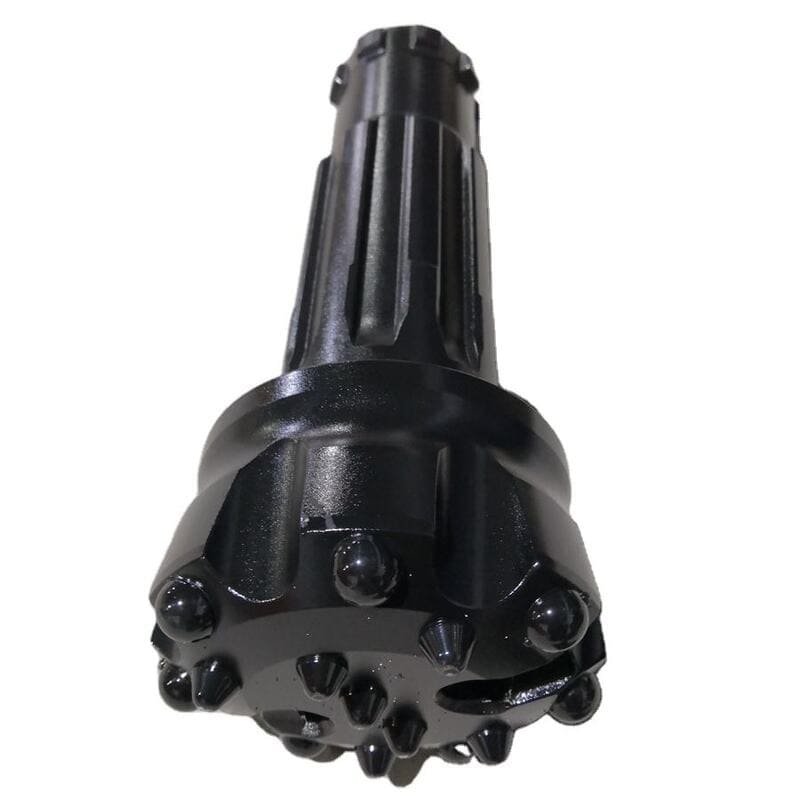
Rock Hardness
I remember my first deep drilling project. I was eager but clueless about the intricacies of rock and bit dynamics. I quickly learned that understanding rock hardness is crucial. Hard rocks like granite, with a Mohs hardness of 6-7, demand bits made of sturdy materials to avoid chipping. This scale became my go-to reference for matching bits to geological conditions.
| Rock Type | Mohs Hardness |
|---|---|
| Granite | 6-7 |
| Limestone | 3-4 |
| Sandstone | 6-7 |
The Mohs scale3 is often used to gauge the suitability of a drill bit for certain geological conditions.
Abrasiveness
Then there's abrasiveness. I had a stint with quartzite that nearly drove me to tears. Its abrasive nature wore down bits in no time, leading to uneven wear and exposing carbide buttons to direct impacts. Choosing bits with wear-resistant coatings can mitigate this issue. The Schmidt hammer test4 became my secret weapon for assessing abrasiveness and planning accordingly.
Brittleness
Brittleness was another lesson learned the hard way. Drilling through shale, I realized that brittle rocks can cause abrupt fractures in bits, increasing stress and leading to premature wear. Employing bits designed for shock absorption turned out to be lifesavers in these conditions.
Bit Design and Material Quality
Bit design and material quality also matter immensely. Bits with aggressive cutting geometries aren't the best match for hard, brittle rocks. Material quality, such as the absence of flaws in carbide5, plays a significant role in determining durability.
Operational Considerations
Lastly, operational considerations like rotation speed and pressure adjustments based on rock characteristics are crucial. Getting these parameters right is like fine-tuning an instrument; it optimizes performance and extends bit lifespan.
These experiences taught me that every rock type demands respect and understanding. With the right approach, drill bit wear can be managed effectively, saving time and resources in the long run.
Granite has a Mohs hardness of 6-7.True
Granite is listed as having a Mohs hardness of 6-7 in the context.
Limestone is more abrasive than quartzite.False
Quartzite is described as abrasive, while limestone has lower hardness.
How Does Bit Design Affect Its Susceptibility to Chipping?
Ever wondered why some drill bits chip more than others? It all boils down to their design!
The design of a drill bit impacts its susceptibility to chipping through factors like cutter geometry, material quality, and the bit's profile. By minimizing stress concentration through smart design choices, these elements enhance durability in tough drilling environments.
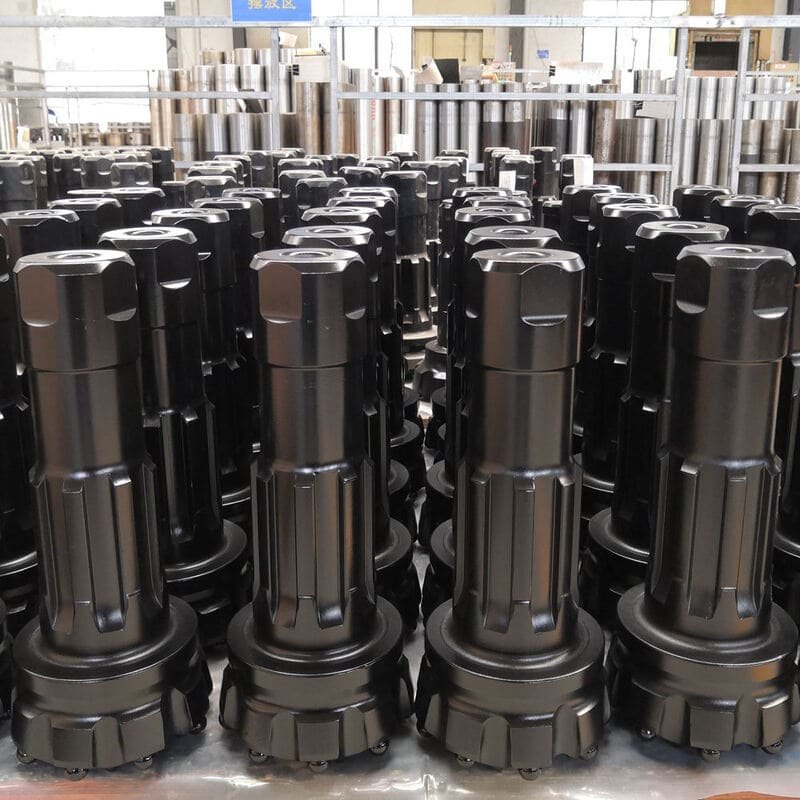
I remember the first time I had to choose a drill bit for a particularly stubborn rock formation. The anxiety was real—what if I picked the wrong one and it chipped halfway through the job? Over time, I've learned that understanding bit design is like having a secret weapon in your toolkit.
Influence of Cutter Geometry
The cutters' geometry can make or break—literally—a drill bit's performance. I once opted for an aggressive geometry, thinking it would cut faster through soft material, only to find it crumbling under harder formations.
- Cutter Shape: Imagine round-shaped cutters as the unsung heroes—they spread impact forces evenly, unlike their sharp-edged cousins that concentrate stress and invite disaster.
- Placement and Angling: I found that strategic placement and angling are key to energy distribution. It’s like dancing; every move needs precision to avoid stumbles.
Material Quality
Choosing the right material is like picking the perfect hiking boots; you want something that won't give up on you halfway up the mountain.
| Material Type | Chipping Resistance | Applications |
|---|---|---|
| Tungsten Carbide | High | Suitable for hard rocks |
| Steel Body PDC | Moderate | Medium hardness formations |
Material integrity is critical, too. I once learned the hard way that defects like inclusions can turn a promising bit into a chipping nightmare.
Bit Profile and Design
The bit's overall profile, including face design and gauge protection, plays a pivotal role. It's like crafting a shield that deflects the harsh blows of drilling.
- Convex Face Designs: These designs are champions at distributing force over larger areas.
- Reinforced Gauges: They protect against the relentless wear at the bit's edges, much like wearing kneepads on a rocky trail.
Every design choice I make is tailored to specific drilling environments6 I encounter, optimizing for performance and longevity.
Operational Parameters
Of course, even the best design can't overcome poor operation. Following recommended parameters is like reading a recipe; skip a step, and you risk ruining the dish.
- Proper Cooling: Effective flushing systems are like an ice pack on a sprain, reducing thermal stress and enhancing durability.
- Correct Feed Rate: Keeping pressure just right prevents those aggressive rock interactions that can lead to chipping.
Understanding these factors empowers me to make informed decisions on bit selection or design modifications7, ensuring the bits perform optimally across various drilling scenarios.
Aggressive cutter geometries increase chipping in hard formations.True
Aggressive geometries are less suited for hard materials, increasing chipping.
High-quality carbides are more prone to fractures than steel.False
High-quality carbides have higher resistance to fractures than steel.
How Do Operational Parameters Affect the Risk of Chipping?
Ever wondered if tiny details in operation can make or break your drilling efficiency?
Yes, operational parameters like impact energy, feed pressure, and cooling efficiency play a significant role in chipping risks. By managing these factors, you can extend the life of your drill bits and boost performance.
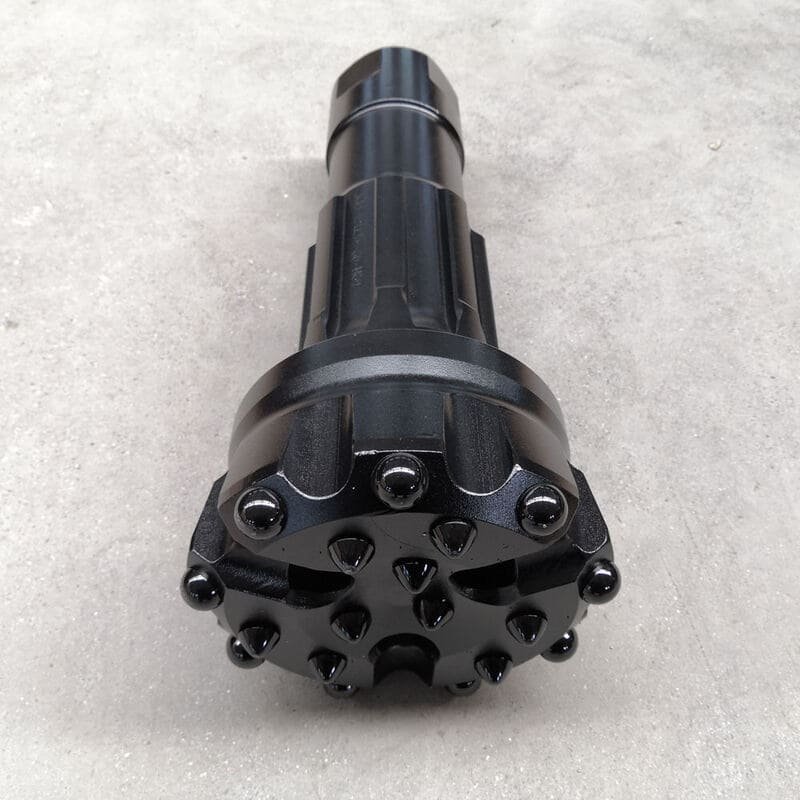
Sometimes, it's the small tweaks that make all the difference. Imagine you're cooking your favorite meal but without the right amount of seasoning—suddenly, it's not quite as satisfying. That's how it is with drilling too. If operational parameters aren't just right, you're inviting trouble.
High Impact Forces
In my experience, drilling into hard materials feels like trying to crack open a coconut without the right tools. The impact energy needs to be just right; too much and you're looking at chipped drill bits. I remember a project in a granite-heavy area—if we hadn’t adjusted our approach, those bits would've chipped faster than you can say "replacement needed."
- Impact Energy: Overdoing it can lead to premature wear8 and chipping of carbide buttons.
- Misalignment: It's like trying to hammer a nail while standing on one leg—misalignment causes uneven stress and ups the chipping risk.
Rock Characteristics
The type of rock you’re working with is like choosing between cutting butter or ice. Hard, abrasive rocks wear down bits quickly, and let me tell you, granite is not your friend here.
| Rock Type | Chipping Risk |
|---|---|
| Hard (e.g., granite) | High |
| Brittle | Moderate to High |
| Abrasive | Very High |
Bit Design and Material Quality
I’ve learned that picking the right bit design is as crucial as choosing the right shoes for hiking. A poor choice can lead to stress and eventual chipping.
- Material Quality: Any flaws in the carbide can spell disaster with integrity issues9.
- Design Considerations: Aggressive designs might look cool but they can increase stress in tough conditions.
Drilling Parameters
Setting the right parameters is like finding the perfect speed for a long road trip—too fast and you risk burnout, too slow and you waste time.
- Rotation Speed: Needs to balance speed with stress.
- Feed Pressure: Too much pressure is like forcing a square peg into a round hole—it just doesn’t work.
- Cooling Efficiency: Without proper cooling, friction and heat build-up can lead to chipping.
Importance of Regular Inspections
Imagine not checking your car’s oil until it’s too late—routine inspections help catch minor issues before they become big problems. By keeping an eye out for wear signs, we can optimize performance10 and keep costs down by making timely adjustments. It's not just about fixing problems; it's about preventing them.
High impact energy increases chipping risk in hard rocks.True
Excessive impact energy exceeds material tolerance, causing chipping.
Misaligned impacts decrease stress distribution on drill bits.False
Misaligned impacts cause uneven stress distribution, increasing chipping risks.
Why is regular maintenance crucial for preventing chipping?
Have you ever wondered why your drill bits chip more often than they should? Let's dive into why regular maintenance is the secret to keeping them intact.
Regular maintenance prevents chipping by ensuring drill bits are correctly aligned, managing operational parameters, and addressing wear and tear. This reduces stress concentrations, enhancing their lifespan and performance.
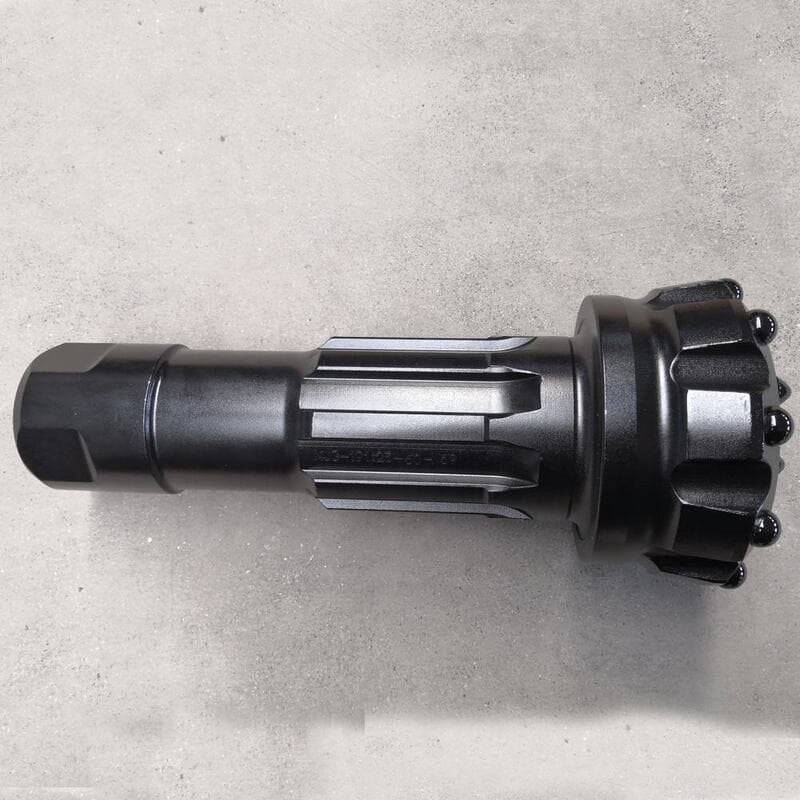
Understanding Chipping in Drill Bits
Picture this: you're in the middle of a crucial drilling project, and suddenly, tiny pieces start breaking off your drill bit's cutting edges. Frustrating, right? Chipping often happens because of high impact forces, misaligned impacts, or operational stress. I've learned that regular maintenance checks11 can nip these issues in the bud before they turn into bigger headaches.
Impact of Regular Maintenance
Think of maintenance as your drill bit's best friend. By keeping things like alignment and impact forces in check, you spread out the stress evenly, which can work wonders for extending your bit's life. Tinkering with operational parameters like rotation speed and feed pressure also makes a big difference in reducing chipping risks.
| Maintenance Aspect | Impact on Chipping Prevention |
|---|---|
| Alignment Checks | Reduces misaligned impacts |
| Parameter Adjustments | Mitigates operational stress |
| Wear and Tear Inspection | Identifies early signs of damage |
Exploring Operational Parameters
I can't tell you how often tweaking operational settings has saved me from headaches down the line. Things like rotation speed and pressure play a critical role in preventing chipping. By optimizing these settings12, I help my tools handle impact forces more gracefully, reducing stress on specific points.
Importance of Wear and Tear Inspection
Over time, even the toughest tools can wear down. Regular inspections help spot these issues early. I've found that catching wear patterns sooner rather than later allows me to replace components before they lead to significant damage.
Investing in high-quality tools and sticking to a solid maintenance schedule has been a game-changer for me. It dramatically reduces chipping incidents, ensuring my tools perform better and last longer. Proper storage and handling also play a huge role in keeping them in top shape.
Regular maintenance prevents drill bit chipping.True
Regular checks ensure proper alignment and stress distribution, preventing chipping.
Misaligned impacts don't cause drill bit chipping.False
Misaligned impacts increase stress, leading to chipping.
How can I prevent chipping on my drill bits?
Have you ever felt that sinking feeling when your drill bit chips during a crucial project? Let’s explore some strategies to keep those bits intact.
To effectively prevent drill bit chipping, focus on choosing the right bit design for your material, fine-tuning drilling parameters, and committing to regular maintenance. Opting for high-quality materials and conducting frequent inspections can also make a significant difference.
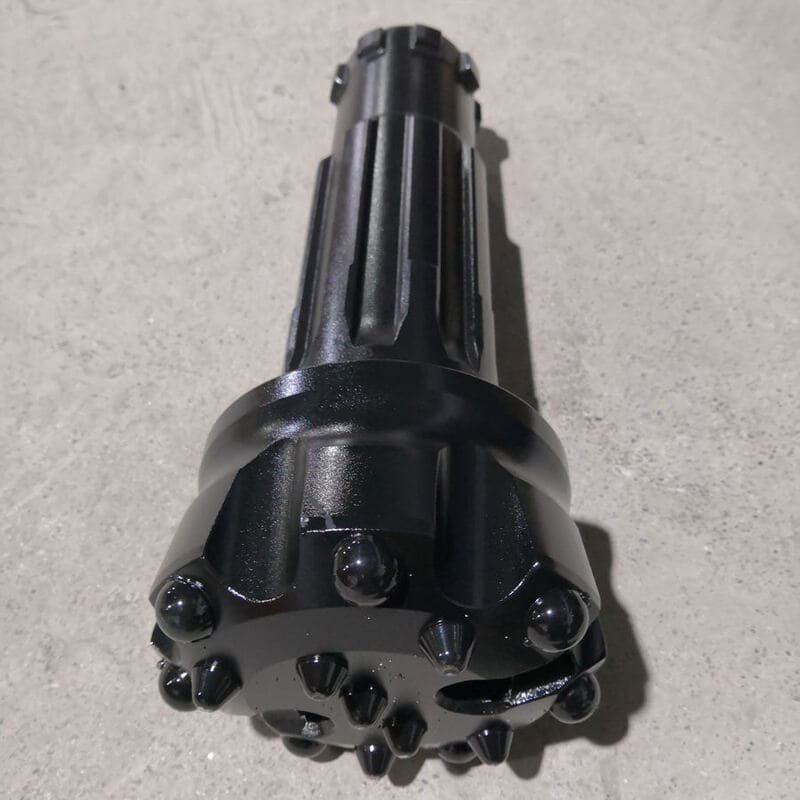
Understanding Chipping Causes
I remember the first time I dealt with a chipped drill bit—it was in the middle of a big project, and I felt stuck. Understanding what causes chipping can save you from similar headaches. High impact forces and misaligned impacts are notorious culprits. And don’t forget about those abrasive rocks like quartzite—they’re tough customers!
1. Impact Forces
- High impact energy: When using DTH systems, the blows are powerful. I learned the hard way that if not managed well, they can really damage those carbide buttons13.
- Misaligned impacts: Keeping everything aligned helps avoid stress concentration, which is easier said than done but crucial.
2. Rock Characteristics
- Hard and brittle rocks present their own challenges, increasing the risk of chipping due to stress exertion.
Strategies to Mitigate Chipping
Here are some strategies I’ve found useful to reduce chipping:
| Strategy | Description |
|---|---|
| Selecting the Right Bit | Choose bits designed for specific rock types and drilling conditions. |
| Adjusting Operational Parameters | Adjust speed, pressure, and other settings based on manufacturer guidelines. |
| Regular Inspection and Maintenance | Inspect bits regularly for wear and damage. Replace as needed. |
| Investing in High-Quality Materials | Use high-quality bits from reputable manufacturers to reduce defects. |
| Best Practices for Handling and Storage | Proper handling prevents damage when not in use. |
Implementation of Mitigation Strategies
Selecting the Right Bit
Choosing the right bit is like finding the perfect tool for any job—it’s crucial. For instance, using bits specifically designed for hard rock can prevent chipping. The role of bit design14 in this cannot be overstated.
Adjusting Operational Parameters
Tuning drilling parameters like rotation speed and feed pressure made a world of difference in my work. It’s all about managing the force on the drill bit to reduce wear.
- Rotation Speed: Too high can increase stress; it’s all about finding that sweet spot.
- Feed Pressure: Too much pressure can lead to aggressive engagement with rock, causing damage.
Investing in High-Quality Materials
After switching to high-quality bits from reputable manufacturers, I noticed fewer defects and less chipping. It’s an investment that pays off.
Regular Inspection and Maintenance
Regular inspections have been a lifesaver for me. Spotting wear early helps prevent minor issues from becoming major problems.
Best Practices for Handling and Storage
I learned that proper handling and storage can’t be overlooked. Using appropriate storage solutions prevents damage when not in use.
By incorporating these strategies into your routine, you can enhance both performance and the lifespan of your drilling equipment, just like I did.
Misaligned impacts cause stress concentration in drilling.True
Misalignment during drilling increases stress, leading to chipping.
High-quality materials increase the risk of drill bit chipping.False
Durable materials reduce defects, lowering the risk of chipping.
Conclusion
Chipping in DTH drill bits is caused by high impact forces, abrasive rocks, improper design, and operational parameters. Regular maintenance and correct bit selection can mitigate these issues.
-
Understanding DTH drilling systems helps grasp how impact forces cause chipping in drilling applications. ↩
-
Discover how innovative designs help reduce the risk of chipping under high-impact conditions. ↩
-
Explore the Mohs scale to better understand how rock hardness influences the choice of drill bits for different geological conditions. ↩
-
Learn about the Schmidt hammer test to assess rock abrasiveness and its implications for selecting durable drill bits. ↩
-
Discover how flaws in carbide materials can affect the durability and performance of drill bits in various rock conditions. ↩
-
Explore how different drill bit profiles can enhance resistance to wear and improve performance in specific geological conditions. ↩
-
Discover design modifications that can help minimize drill bit chipping in harsh drilling environments. ↩
-
Discover how high impact energy affects drill bit durability and increases chipping risks. ↩
-
Learn about material defects that compromise drill bit integrity and lead to chipping. ↩
-
Find effective strategies to enhance drilling performance and minimize chipping. ↩
-
Learn how maintenance ensures drill bit alignment, reducing stress concentrations that lead to chipping. ↩
-
Discover optimal operational settings to prevent excessive stress on drill bits. ↩
-
Learn how high impact energy can lead to carbide button chipping in drill bits. ↩
-
Explore how bit design influences chipping reduction and improves efficiency. ↩

